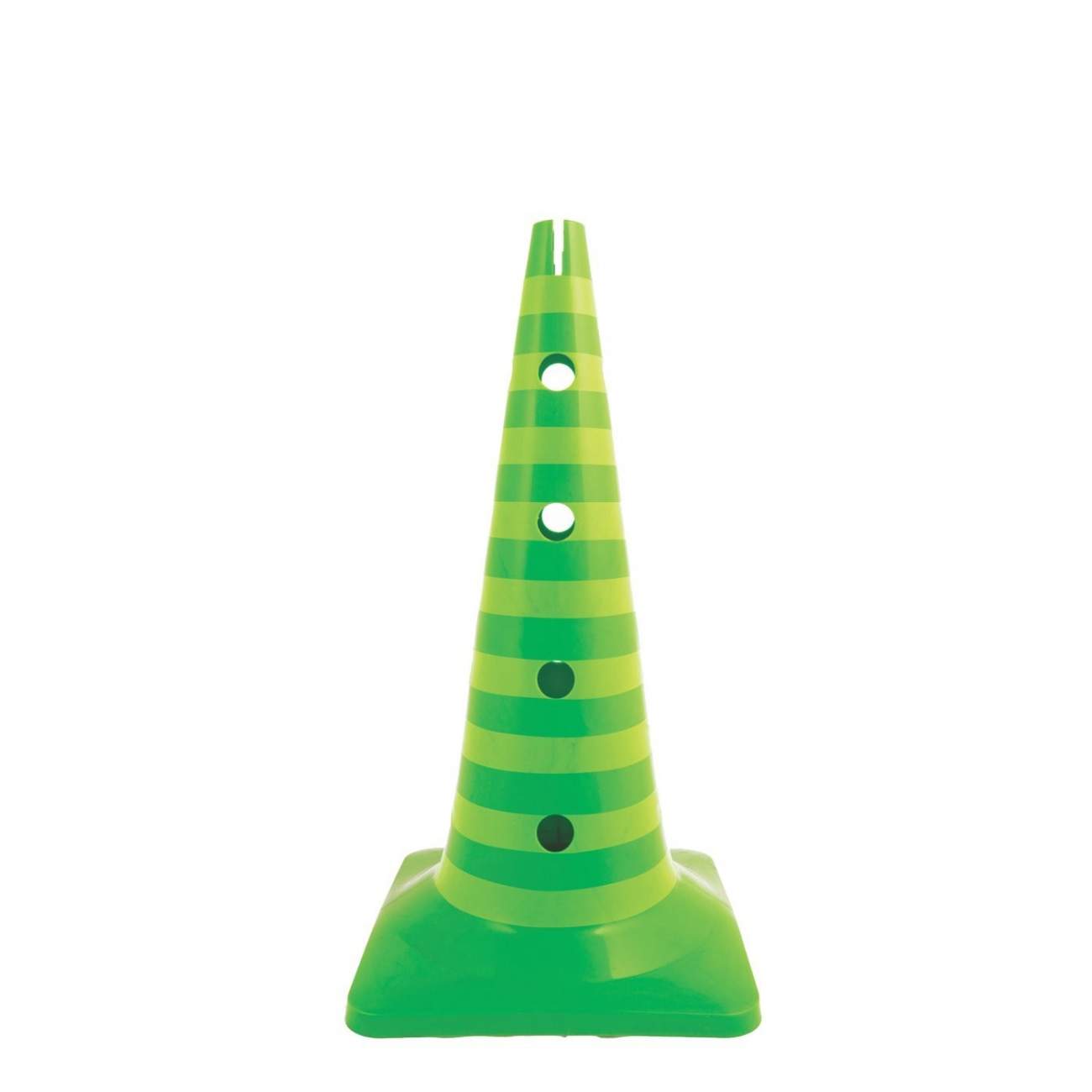

Gold metallurgy analyses allow the identification of Chalcolithic gold with minor amounts of silver, while LBA and EIA gold present increased silver and copper contents, indicating the use of alloyed gold. Despite being poorer in tin, some EIA artefacts exhibit higher hardness due to a more efficient use of hammering and annealing cycles, suggesting that low tin contents were not a problem for this type of artefacts. Higher tin content artefacts with typologies that do not require high mechanical strength were often left as-cast evidencing some selection of alloys. Operational sequences usually include cycles of forging and annealing, often completed with a final hammering that hardens the artefact. Furthermore, latter binary bronzes exhibit lower tin contents (5.1 2.1% Sn) probably due to the increased use of scrap. Further features distinguish these clusters – indigenous collection is composed mostly by binary bronzes (10.0 2.5% Sn), while Orientalising collection also presents copper and leaded bronzes. Poor reducing conditions shall be responsible by lower iron contents of LBA artefacts (<0.05%) when compared with EIA artefacts (0.15-1.3%). Additionally, relic mineral inclusions indicate co-smelting of copper ores, probably with cassiterite. Main results include identification of heterogeneous and immature LBA slags containing tin oxides and metallic prills (copper and bronze) with low iron contents. Analytical studies involve energy dispersive X-ray fluorescence spectrometry (EDXRF) and micro-EDXRF to determine elemental composition, together with optical microscopy, scanning electron microscopy with X-ray microanalysis and Vickers microhardness testing for microstructural characterisation and hardness determination. This work provides an integrated study of the ancient metallurgy in southern Portugal comprising the characterisation of 241 production remains and artefacts, mostly belonging to the Late Bronze Age (LBA) and Early Iron Age (EIA). The results stress unknown and interesting aspects on the trade of metals between the western Phoenicians. According to the lead isotope data, there are two different areas of mineral supply, which can be located at the Sierra de Gádor and the Cuenca de Vera (probably from Cerro Minado or Herrerías), mining areas in the province of Almería (Spain). The first results of isotopic analyses are presented from a selection of samples of a galena nodule, lead droplets and copper-based objects from the Phoenician settlement of Abdera (Adra, Almería). Los resultados ponen de relieve aspectos inéditos de gran interés sobre el comercio de metales entre los fenicios occidentales. Según los datos de isótopos de plomo, se pueden distinguir dos zonas diferentes de aprovisionamiento de mineral, Sierra de Gádor y la Cuenca de Vera (posiblemente Cerro Minado o Herrerías), todas ellas zonas mineras de la actual provincia de Almería (España). Se presentan los primeros resultados de análisis isotópicos llevados a cabo a una selección de muestras de galena, goterones de plomo y objetos de base cobre del asentamiento fenicio de Abdera (Adra, Almería).


 0 kommentar(er)
0 kommentar(er)
